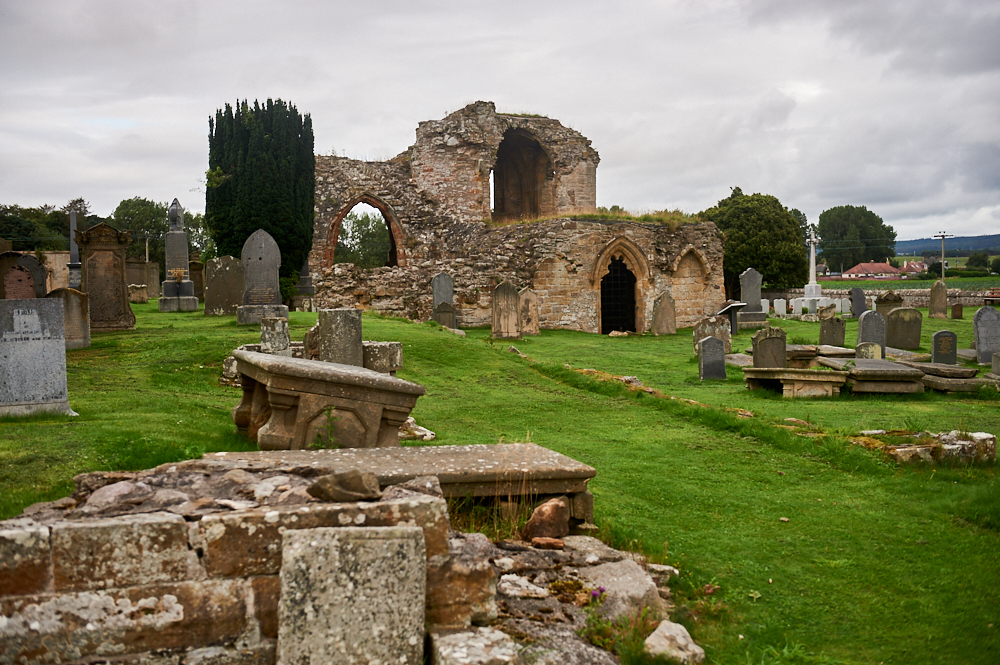
I´ve driven by Kinloss Abbey a few times and decided to take a closer look. The ruins of the Cistercian abbey near Kinloss stand in the midst of a graveyard surrounded by fields. There isn´t too much left today but Kinloss Abbey used to be one of the finest and wealthiest of all of Scotland’s abbeys.
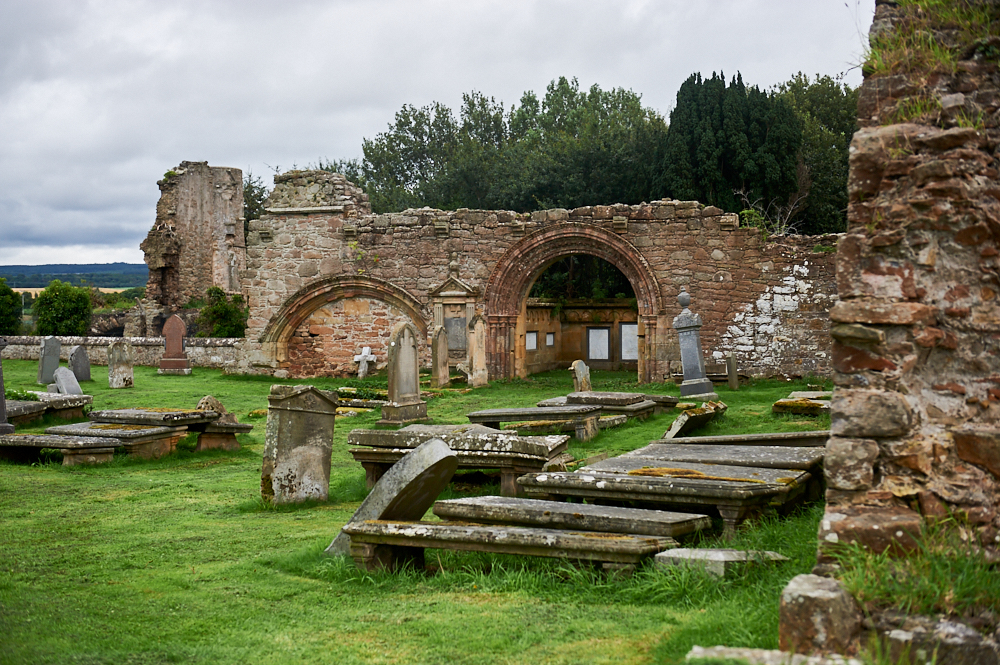
Kinloss Abbey was founded in 1150 by King David I of Scotland and he stayed long enough at the nearby Duffus Castle to direct the beginning of the building works. Then Cistercian monks from Melrose Abbey continued to oversee the construction and occupied it once finished. It probably was fully finished in 1214 when it hosted a meeting of the General Chapter of the Prelates of the Cistercian Order.
In 1217 a daughter house, Culross Abbey in Firth, was founded and another one in 1219, Deer Abbey in Aberdeenshire.
In 1312 Robert the Bruce granted the Abbey fishing rights on the River Findhorn and it had quite a few royal visitors.
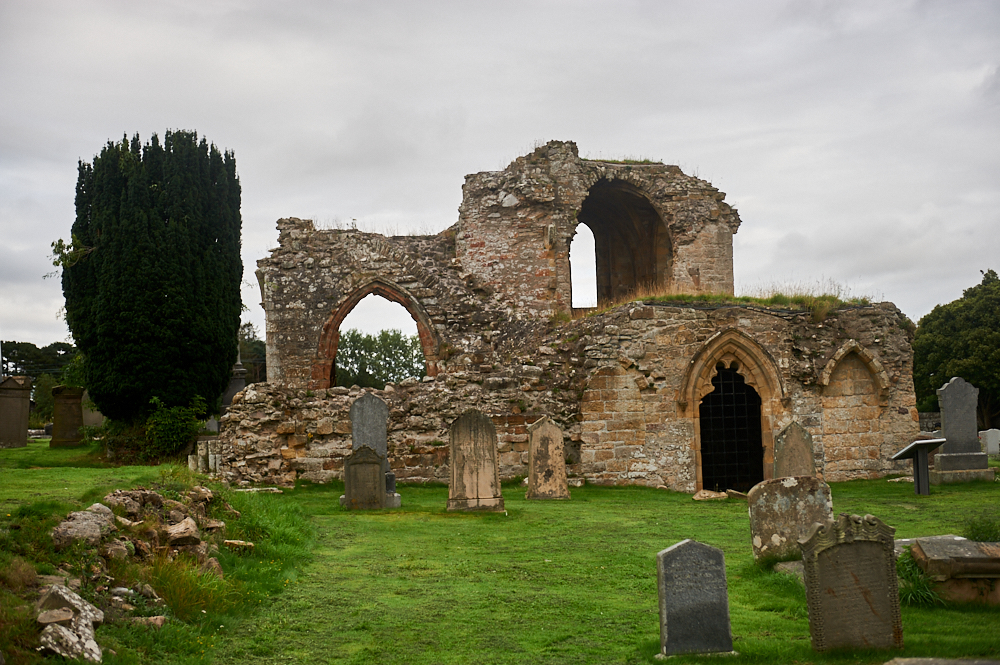
In the years around 1400s the abbey became the subject of scandalous stories about the conduct of the monks and an envoy was sent from Cîteaux Abbey, the headquarters of the Cistercian order in France, to resolve matters. Expansion of the abbey followed in the late 1400s, though in 1492 a second scandal struck when a monk, William Butler, murdered a boy in the cloister. (Undiscovered Scotland)
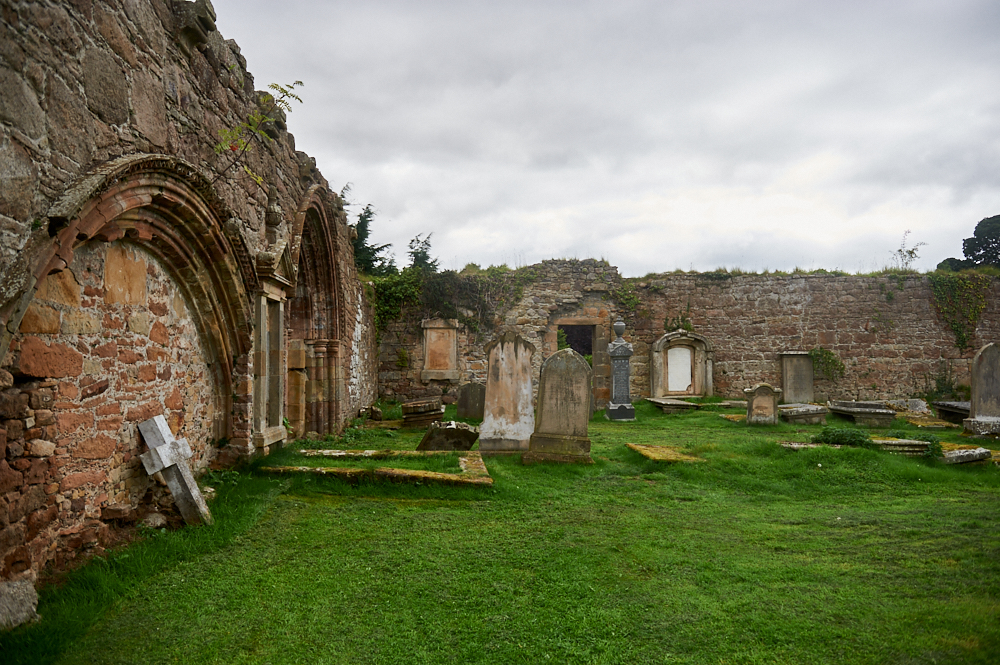
Out of the 24 abbots of Kinloss Abbey, one of the most notable was Robert Reid, appointed abbot in 1528. Reid brought the Italian scholar Giovanni Ferrerio of Piedmont to Kinloss and they established a centre of academic excellence. But Reid also undertook diplomatic missions for James V and he spent time in England (discussing peace terms with Henry VIII) and France.
In 1541 he became Bishop of Orkney, as soon as he had arrived in Kirkwall he started an extensive rebuilding of the Bishops Palace. He also became Lord President of the Court of Session (the highest jurisdiction in Scotland) in 1543 and spent his time between Edinburgh, Kinloss and Kirkwall.
After Reid’s death in 1558, he left big funds for the founding of a seat of learning in Edinburgh, which later on developed into the University of Edinburgh.
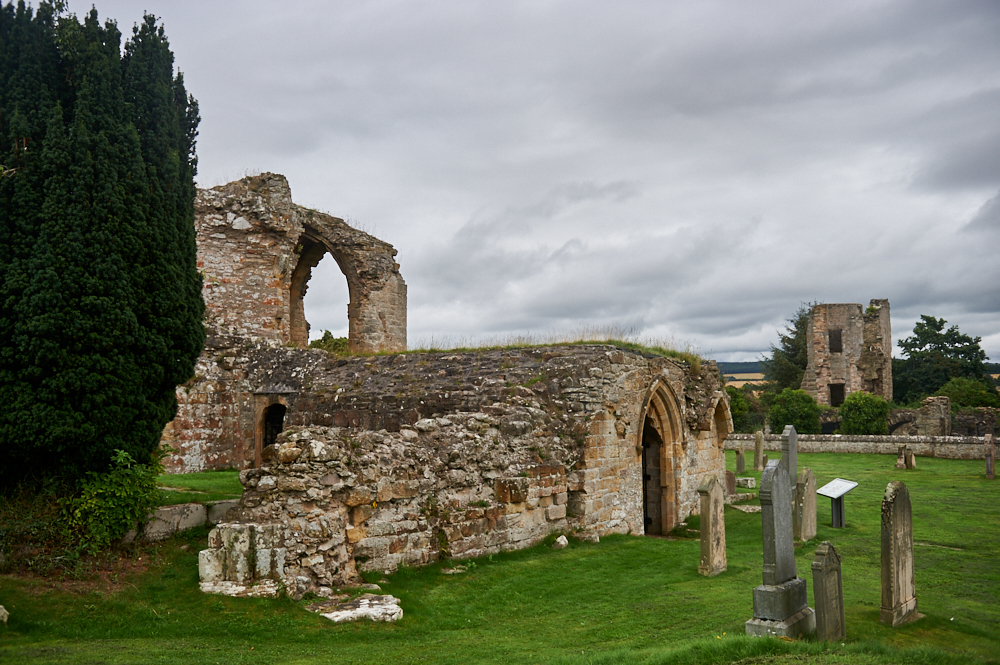
Mary Queen of Scots stayed at Kinloss Abbey in 1562 and even after the Reformation the Abbey still seemed to have bloomed during her stay. But over the following years, the lands and buildings slowly declined until it was given to Edward, Lord Bruce of Kinloss in 1601.
Most of the stones of the abbey were later on sold to Cromwell’s army to built their citadel in Inverness.
Sueno´s Stone
Just a short drive from Kinloss Abbey towards Forres is the tallest and most complex piece of early medieval sculpture in Scotland.
Sueno’s Stone is a gigantic Pictish cross-slab measuring 7m tall. Its carvings are ornate and unique. We see here a rare and complex narrative depiction of a battle, and a wholly unique scene interpreted as a royal inauguration.
The stone would have once overlooked the marshy floodplains of the rivers Mosse and Findhorn. Unusually, it’s still associated with the place it was first erected, though we know little of its wider context. (Historic Enviroment of Scotland)
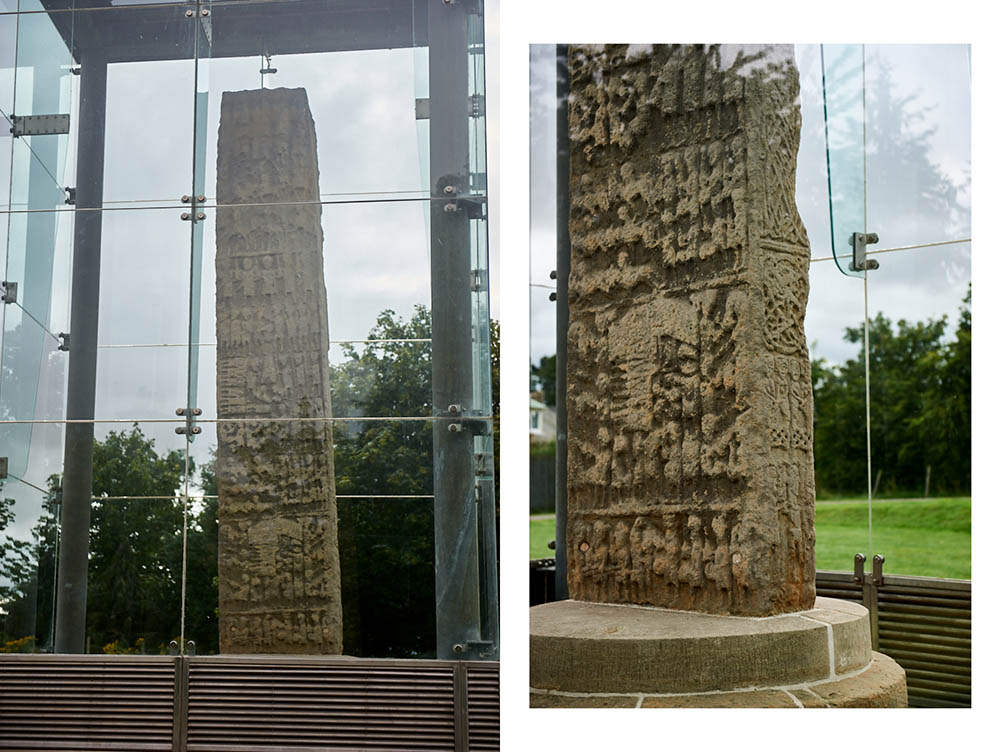
Leave a Reply